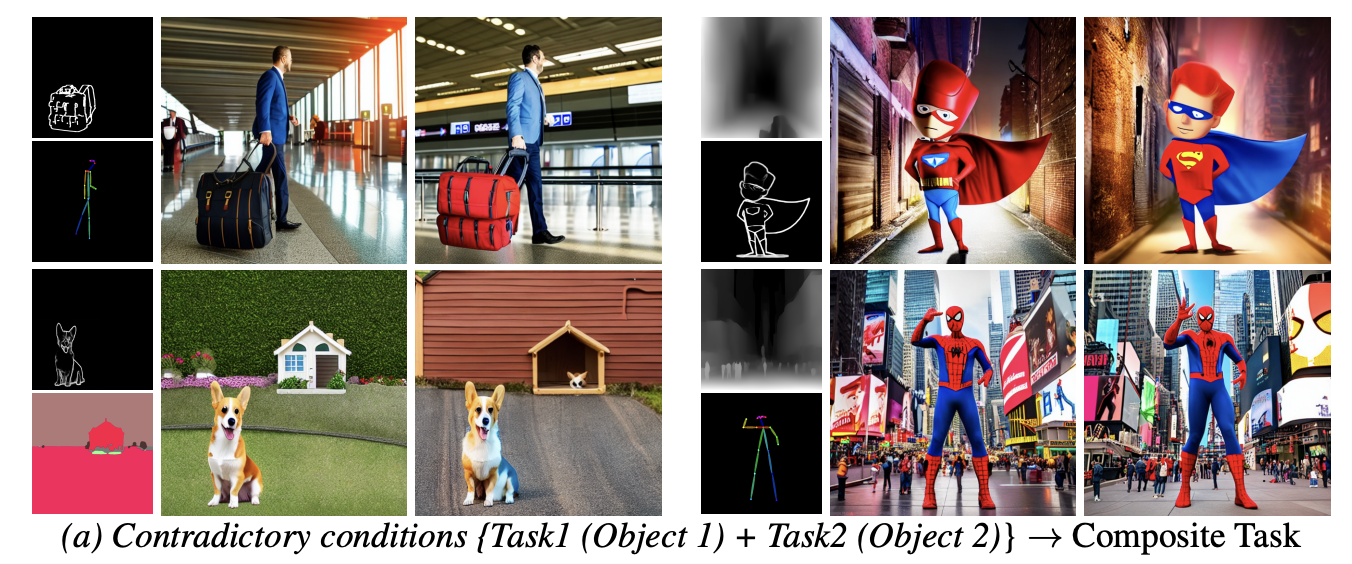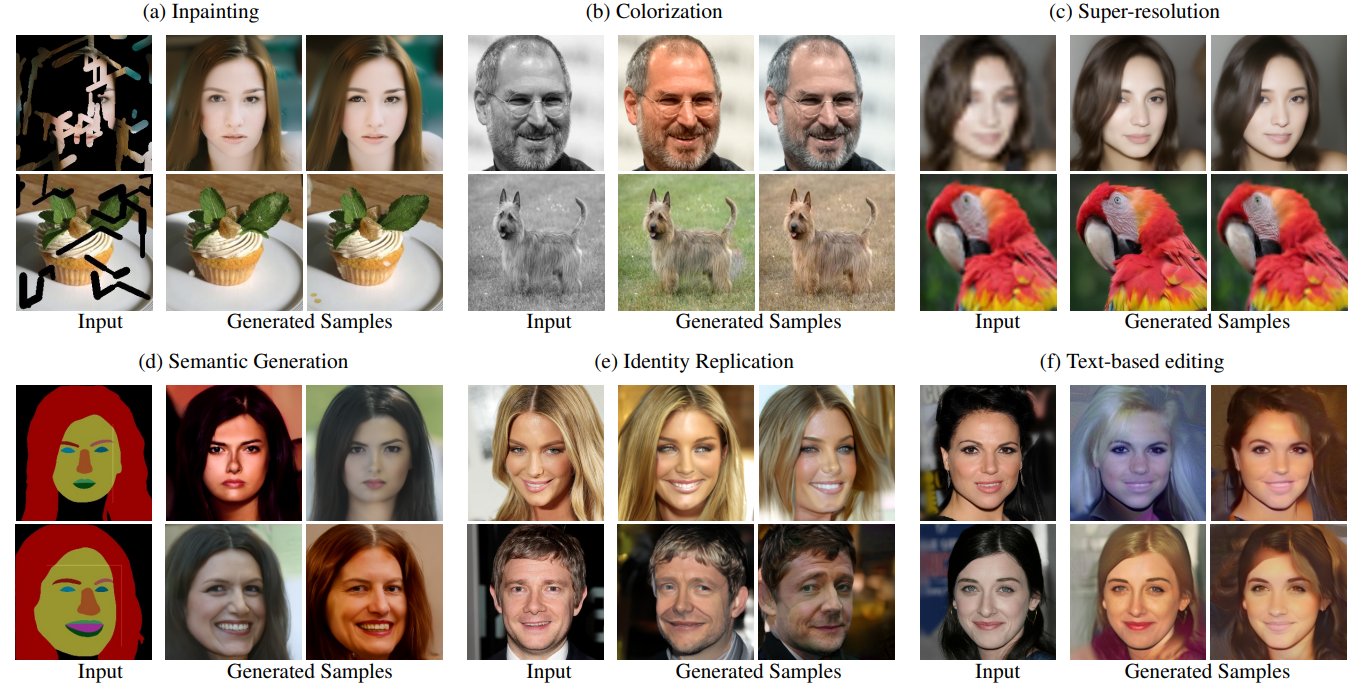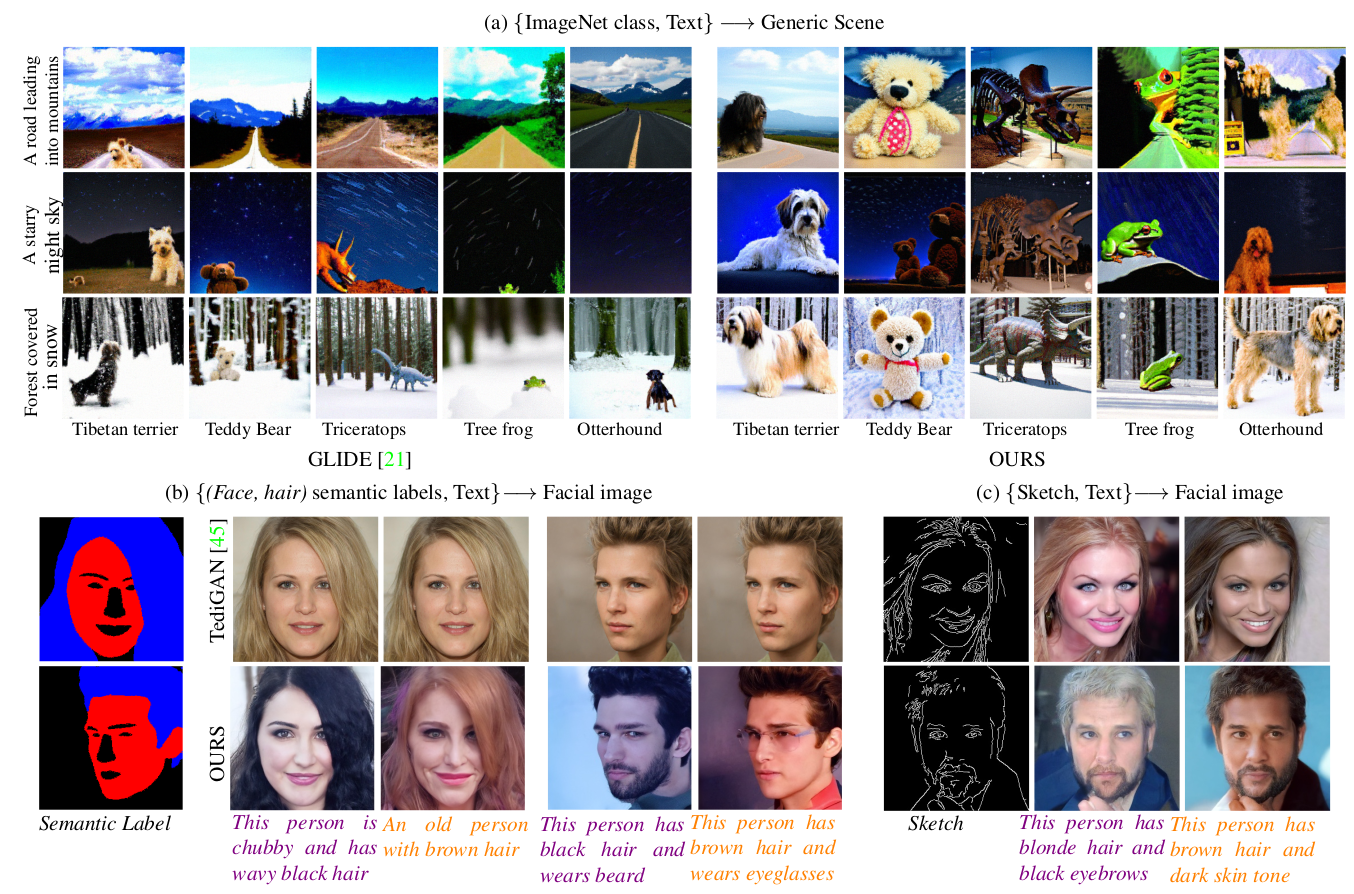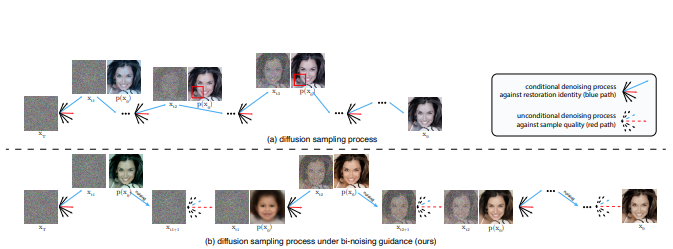Nithin Gopalakrishnan Nair
Ph.D. Student at Johns Hopkins University
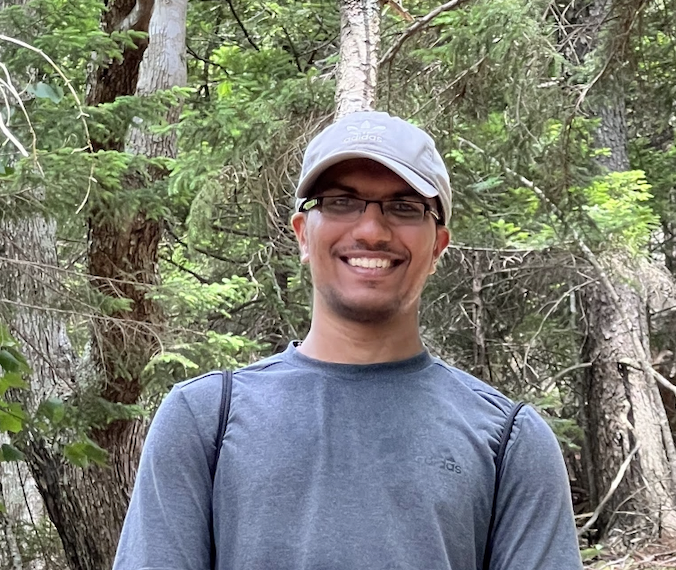
I am a third year PhD student in the Department of Electrical and Computer Engineering at VIU Lab , Johns Hopkins University. I am advised by Dr. Vishal M Patel.
I work on problems in Computer Vision. My research areas include Face recognition and Deep Generative Modelling with a special emphasis on Plug and Play models and efficient architectures for generation, enabling training and inference of generative models on low compute resources.
Prior to joining JHU, I obtained my Bachelor’s and Master’s dual degree (B.Tech& M.Tech) in Electrical Engineering from Indian Institute of Technology, Madras. At IIT Madras, I worked with Dr AN Rajagopalan at the IPCV Lab, on image reconstruction. In my free time, I enjoy running and hiking.
News
| Jul 2024 | Our work MaxFusion is accepted at ECCV 2024. Maxfusion enables training free multimodal spatial conditioning in text to image diffusion models. |
|---|---|
| Apr 2024 | I started my summer internship at Nvidia Research. |
| Jul 2023 | Our work Steered Diffusion is accepted at ICCV 2023. Steered diffusion enables zero-shot conditional sampling using pre-trained unconditional diffusion models. |
| May 2023 | I started my summer internship at Adobe Seattle on Diffusion based Image editing. |
| Feb 2023 | Our work Unite and Conquer is accepted at CVPR 2023. Unite and Conquer enables plug and play multimodal generation using diffusion models. |
